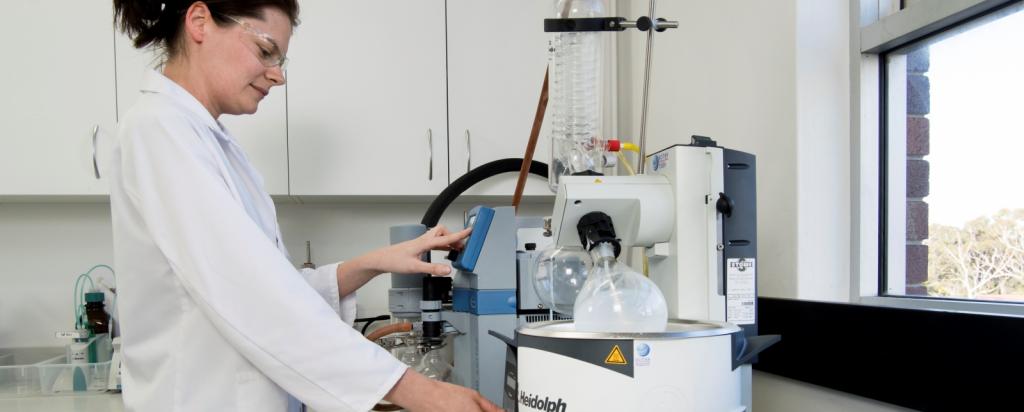
Research and development
Our industry-focused Minerals research group carries out fundamental research uniquely applied to industrial problems in the areas of uranium, rare earth and lithium processing.
Our research is targeted at improving our understanding of the processes that are the core of our client's businesses. It is the close interaction of our researchers with our scientists and engineers working in industry sponsored projects that provides an ideal environment for innovation, where everyone benefits.
ANSTO’s national research facilities also provide access to a wide range of advanced analytical techniques not typically available or considered for research in the mining and mineral processing sectors.
We encourage collaborative agreements with the university sector and support the next generation of researchers through our Year In Industry program, our support of Honours and PhD students, and new graduates.A selection of our published and presented research is outlined below. Please feel free to contact Karin Soldenhoff our Technology Manager to discuss the application of our know-how and technologies to your project.
Key Research Areas
- Developing alternative technologies that allow for processing of uranium from saline liquors
- Developing alternative technology for uranium recovery as a by-product of phosphoric acid production
- Application of modelling techniques for selected uranium and rare earth unit operations such as heap leaching, ion exchange and solvent extraction
- Understanding the impact of complex rare earth mineralogy on rare earth processing routes
- The study of zirconium and niobium speciation in sulphate media
- Examining the potential of ion exchange for rare earth recovery
- Investigating the potential for synergistic reagents in rare earth solvent extraction circuits
- Mapping the deportment of the radionuclides Th-232, U-238 and U-235 chains in rare earth processes
- Investigating the relatives rates of dissolution of different uranium minerals in carbonate leaching, and the impact of the key variables such oxidant
Helpful links
For further information


